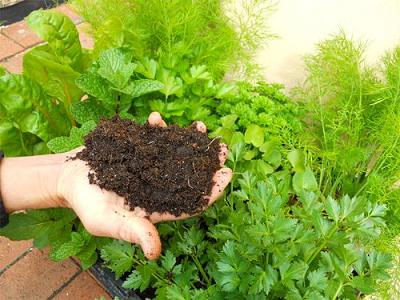10 Natural Fertilizers to Replace Chemical Fertilizers
These 10 fertilizers derive from natural sources and can enhance the fertility of the soil as well as the nutrition of the crops. Prior to add a fertilizer-natural or otherwise-to your garden bed, it’s advised that you’ve your soil tested for nutrient levels and pH.

It’s particularly crucial to find out the pH level before adding phosphorous fertilizers because phosphorous is merely available at a relatively limited pH range. Adding more phosphorous to an area with the wrong pH will tie up the nutrient in the soil and not make it accessible to the plants. Not to mention, excessive nutrients can also add to run-off problems and produce pollution issues.
If you’re an organic farmer, make sure the fertilizer brands you use are on the Organic Materials Review Institute’s approved materials list. However, for home gardeners or small-scale farmers who aren’t certified organic but wish to use only natural fertilizers, the following fertilizers are regarded as organic, even if the particular brand you use isn’t on the list.
(1) Fish emulsion and hydrolyzed liquid fish
Processing fish or fish byproducts with heat or acid treatments creates fish emulsion. Fish emulsion is usually a pretty stinky fertilizer, but it’s a good source of all three macronutrients-nitrogen, phosphorus and potassium-with an N-P-K (nitrogen-phosphorus-potassium) ratio of 5-2-2.
Hydrolyzed liquid fish fertilizers are produced using enzymes instead of heat. The resulting product is not smelly and retains more trace vitamins and nutrients. The average N-P-K ratio for hydrolyzed fish fertilizers is 4-2-2.
(2) Liquid kelp
Although the levels of nitrogen, phosphorous and potassium found in liquid kelp are minimal, it is full of essential trace nutrients and also plant growth hormones that accelerate plant growth and improve flowering. Liquid kelp is created through the cold processing of this ocean plant. It is mixed with water and used on plants both as a soil drench and a foliar spray. The nutrients it contains are available immediately for plant use.
(3) Rock phosphate
A mineral rock powder, rock phosphate is a wonderful source of phosphorous, with an N-P-K ratio of 0-2-0. The phosphorous found in rock phosphate becomes more available the 2nd year after application, and phosphorous is most available within the soil if the pH ranges between 6.0 and 7.0. Be sure to test soil pH before adding rock phosphate. It is also a good source of calcium.
(4) Bone meal
A byproduct of slaughtering facilities, bone meal is produced through the steam processing and pulverization of animal bones. Bone meal is an excellent high-phosphorus fertilizer with an average N-P-K ratio of 3-15-0. The phosphorous in bone meal takes a couple of months to become accessible to plants via microbial processes in the soil. It also contains calcium, another essential plant nutrient. Phosphorous is most available in soil with pH between 6.0 and 7.0, so be sure to test and adjust soil pH if necessary.